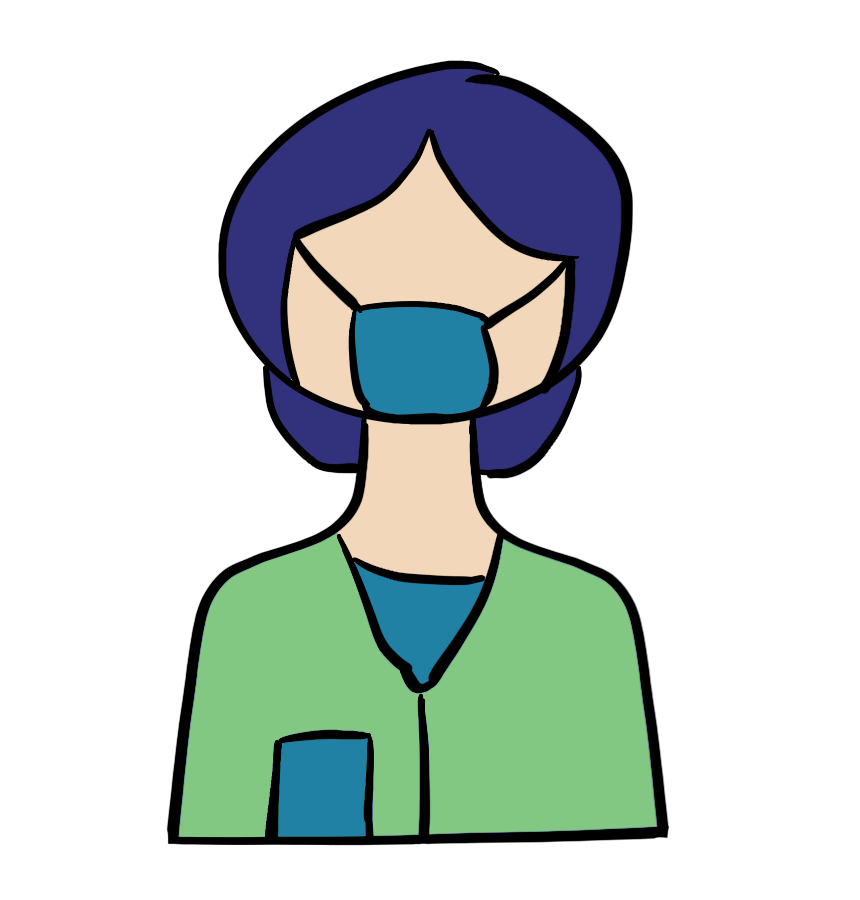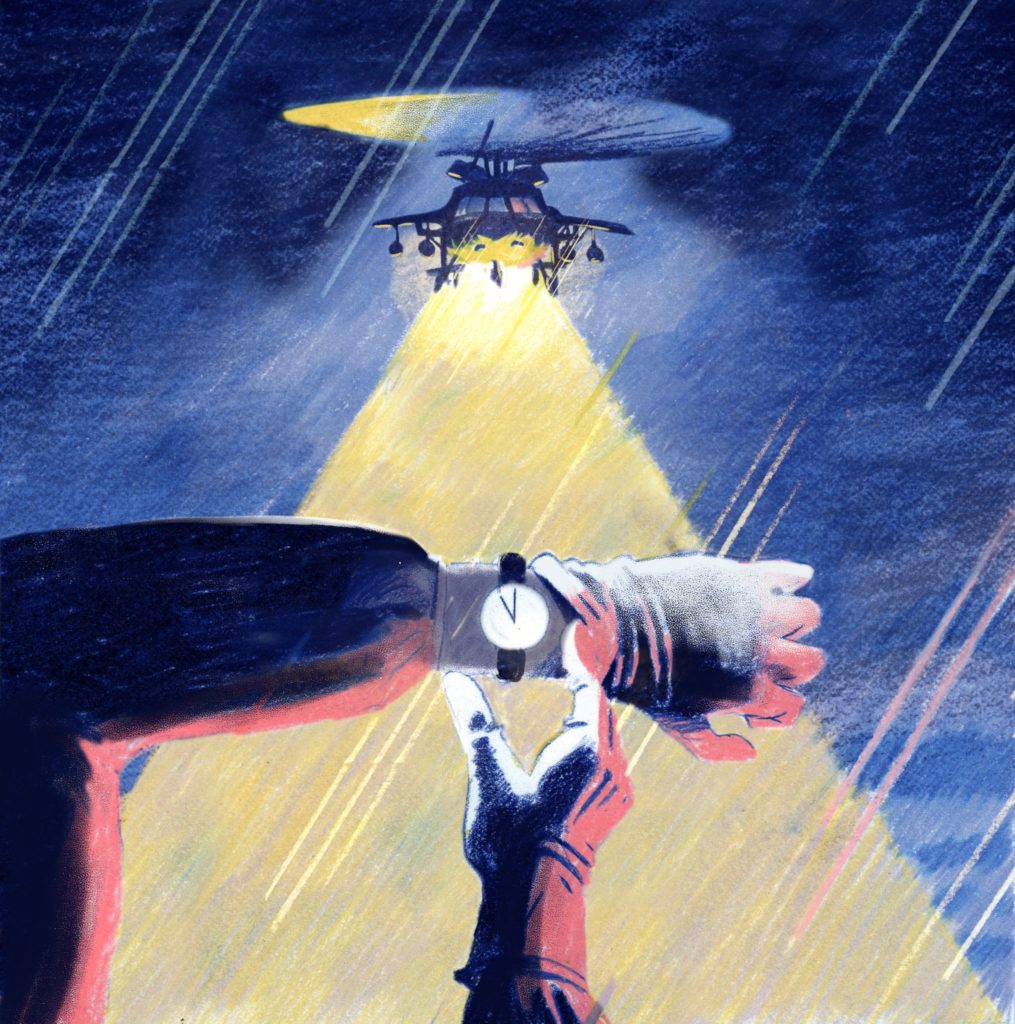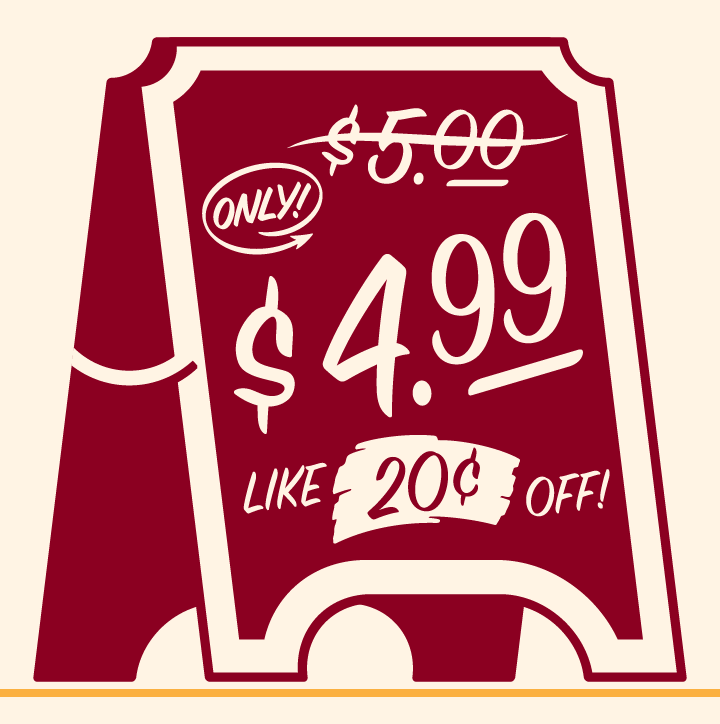Note: This article was originally published as part of the Q2 2020 issue of the WFCC Newsletter and is reproduced here with permission. See original: http://www.sahilnawab.com/wfcc/q2_2020.pdf
We are often confronted with tragedies throughout the world that are challenging to comprehend. The abstraction of such adversity presents an often insurmountable obstacle to action. Elizabeth Dunn, a researcher studying the science of giving and happiness, asks, “if any of us had been asked to donate 15 hours a month to help out with the refugee crisis, we probably would have said no.” But, she explains, when people can “easily envision the difference they [are] making” and feel “a real sense of connection,” they are much more willing to help.
Cultivating a meaningful connection between members of society allows us to work together to address challenges that can sometimes feel overwhelming, such as the social determinants of health that affect the uninsured and underinsured patients coming in to the free medical programs. The volunteers are uniquely positioned to see the impact that their work has on the lives of patients. Part of their role is to listen to the stories of the patients that walk in. They engage with patients and are deeply embedded in the community.
However, this doesn’t translate particularly well to those on the outside. The hurdles that patients face are not easy to understand from a perspective of privilege. The vast majority of Americans will not be disenfranchised from the healthcare system. They will not face the difficult decision of forgoing medicine or treatment for food on the table, a roof over their heads, or books for their children. Yet, their contributions, whether through donations, volunteerism, or subsidized services for patients, are essential.

Often, we fall into the trap of thinking of charity as something that we have a moral obligation to do. But we should not forget the incredible joy that comes from helping others. This is especially true if we do it, as Dunn notes, by creating opportunities to “appreciate our shared humanity.” This appeal is reinforced through millions of years of evolutionary biology, as human society was built on foundations of collaboration and cooperation. We find happiness in helping one another and the human brain is highly attuned to the personal connection that comes as a result. Here, Canadian writer Marshall McLuhan’s suggestion is apt, our medium, volunteering and working to reduce the healthcare burden among the most vulnerable, truly is our message.
Medicine, and especially the work of free clinics, lies at the intersection of science and humanity. Science is built on logic and observation, which have proven to be powerful tools to improve our understanding of the world around us. However, to most people, data and statistics are nothing more than abstractions that are difficult to relate to. Recognizing our own humanity allows us to wield the incredible power of stories to move people to tackle complex and nuanced issues.
As medicine continues to evolve, a new philosophy that embraces stories is taking hold in opposition to the impersonal style of medicine that has become increasingly common throughout the United States. Narrative medicine, championed by Dr. Rita Charon at Columbia University and Dr. Lisa Sanders who writes regularly for the New York Times, invites physicians to think of listening to patient stories like reading a mystery novel. While this concept may sound strange at first, there are many parallels that solidify her argument. For example, Charon argues, “‘You have to be so present, so alert, with your curiosity so intact [and] you have to assume that the narrators are going to mislead you. When a patient tells you what happened, you’re going to hear the opposite story from their mother or neighbor.’ Doctors, like readers, have to take in all the different narratives and resist the urge to immediately say which is right with premature certainty.”
This approach requires time, something that can be hard to come by in modern primary care offices and emergency departments. Instead of spending time with patients, doctors often must deal with excessive administrative work, much to their chagrin. Dr. Atul Gawande argues that dealing with insurance, billing, and inputting patient records are a big cause of physician burnout. He backs his argument with a 2016 study that found physicians spend two hours on the computer for every hour with patients. The volunteers at each of the free medical programs take pride in the fact that they can take the time to listen deeply to patient stories and it’s an important part of their work.
Listening to these stories helps to hone awareness to a greater Truth, one that requires interpretation and careful judgement. The stories of patients help paint a picture of society where certain communities are disenfranchised and have disproportionate struggles to access quality healthcare. They highlight the importance of the work that the free medical programs do and are an incredibly powerful tool to bring people together to effect change.
The importance of stories is twofold: (1) listening to patient stories is a big part of the free medical programs and narrative medicine can improve patient care and (2) stories can be used to move people to take action in a way that data and statistics cannot.
Dunn points to an example where two charities in similar lines of work, UNICEF and Spread the Net, exhibited completely different responses when people donated the same amount. Most people might think, she argues, that UNICEF is so broad that a small donation probably won’t make a big difference. Spread the Net, however, offers “a concrete promise: for every 10 dollars donated, they provide one bed net to protect a child from malaria.” She found that people are happier when they give to organizations, like Spread the Net, where they can easily envision the difference that their contributions will make.
This subtle contrast makes a big impact for organizations. Based on her research, Dunn specifically advises organizations to reward donors and contributors with “the opportunity to see the specific impact that their generosity is having.” In this regard, the free medical programs have a powerful tool to wield: the stories of the community. This must be done carefully, of course, out of respect for patient privacy. But the stories of patients are consistently a big reason why the volunteers continue to do their work. The volunteers feel a real sense of connection with the community and with the individual patients that they speak to. When done well, stories can become a major driving factor of change.
We would love to hear your ideas and suggestions to demonstrate the impact of the free medical programs on our community. Please send any comments to worcesterfreeclinics@gmail.com.
Dossier
“Helping Others Makes Us Happier — But It Matters How We Do It,” by Elizabeth Dunn, April 2019. https://www.ted.com/talks/elizabeth_dunn_helping_others_makes_us_happier_but_it_matters_how_we_do_it
In this TED talk, Elizabeth Dunn discusses her research showing that personal connections when giving make a big impact on our happiness and discusses her own experiences with sponsoring a Syrian family in Canada.
“This Doctor is Taking Aim at Our Broken Medical System, One Story at a Time,” by Sigal Samual, March 5, 2020. https://www.vox.com/the-highlight/2020/2/27/21152916/rita-charon-narrative-medicine-health-care
Dr. Rita Charon is a pioneer of narrative medicine, an approach to medicine that likens seeing patients to reading novels. She emphasizes how listening to patient stories in this way can make medicine better for patients and physicians alike.
“Why Doctors Hate Their Computers,” by Atul Gawande, November 5, 2018. https://www.newyorker.com/magazine/2018/11/12/why-doctors-hate-their-computers
This article examines how, despite their utility, electronic medical records can often be a hindrance to patient care and contribute to physician burnout.


